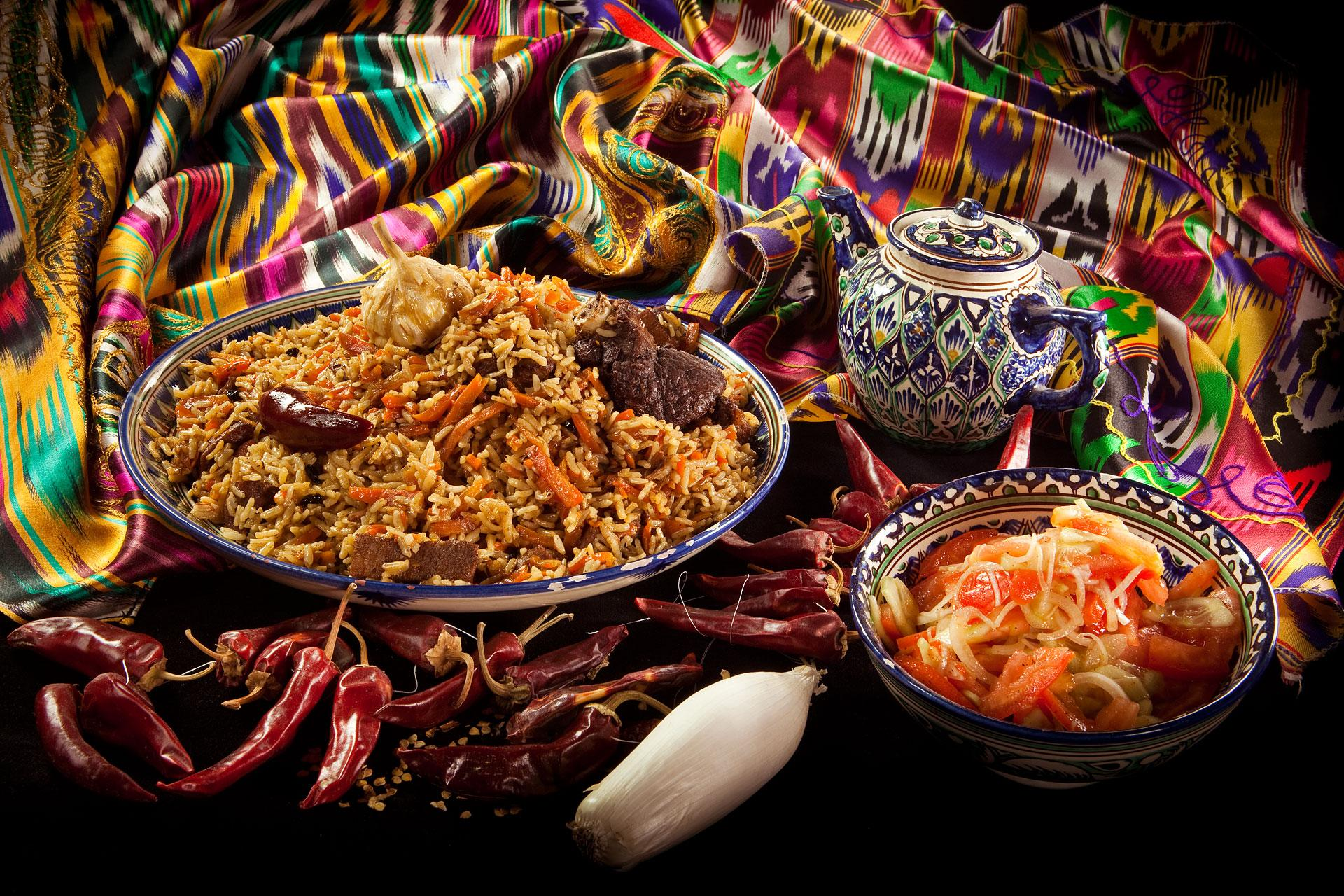While the idea of consuming insects might seem unusual in some cultures, many countries around the world have been enjoying them as a nutritious and sustainable food source for centuries. Edible insects like crickets, grasshoppers, and mealworms are packed with high-quality protein, vitamins, and essential minerals. In fact, they contain more protein per gram than beef or chicken, making them an excellent alternative for those looking to diversify their diets. Countries like Thailand, Mexico, and Ghana have long incorporated insects into their traditional cuisines, offering everything from crispy fried grasshoppers to spicy larvae-based dishes.
One of the biggest advantages of insect consumption is its environmental sustainability. Compared to traditional livestock farming, insect farming requires significantly less land, water, and feed, while also producing fewer greenhouse gas emissions. This makes edible insects an eco-friendly solution to address global food security challenges. In the Netherlands and the United States, food startups are experimenting with insect-based protein powders, energy bars, and even pasta to introduce this sustainable food source to a broader audience. As climate concerns grow, experts believe insect consumption could play a key role in reducing the environmental impact of food production.
Beyond nutrition and sustainability, eating insects is also gaining popularity as a culinary trend. Renowned chefs are experimenting with insect-based dishes, creating gourmet meals that challenge traditional food perceptions. Michelin-starred restaurants in Europe have even started incorporating insects into their menus, offering delicacies like mealworm-infused pasta and cricket-flour bread. With increasing awareness of their health and environmental benefits, insect-based foods are slowly shifting from a niche curiosity to a mainstream culinary movement, proving that sometimes the strangest foods can be the most beneficial.





